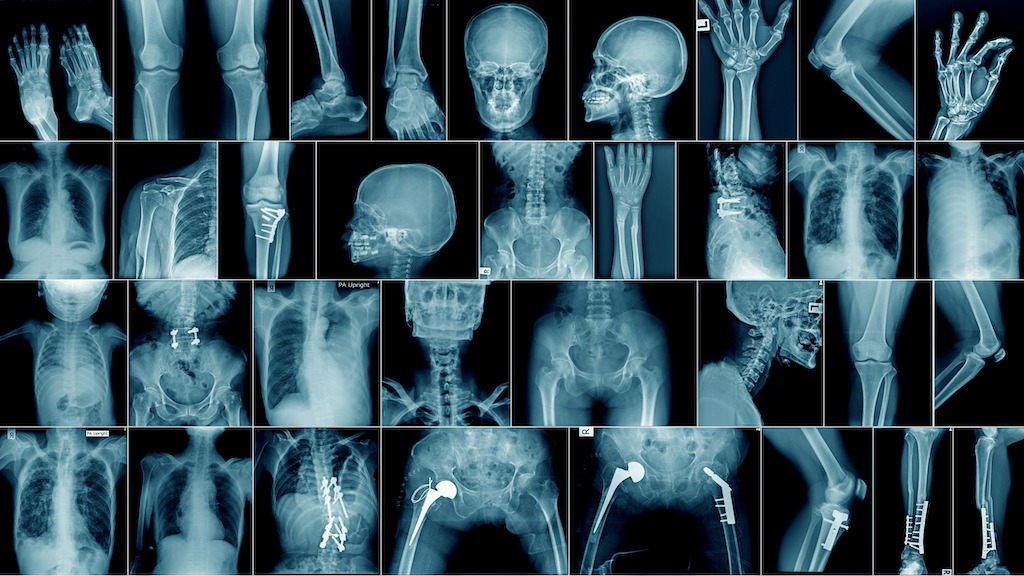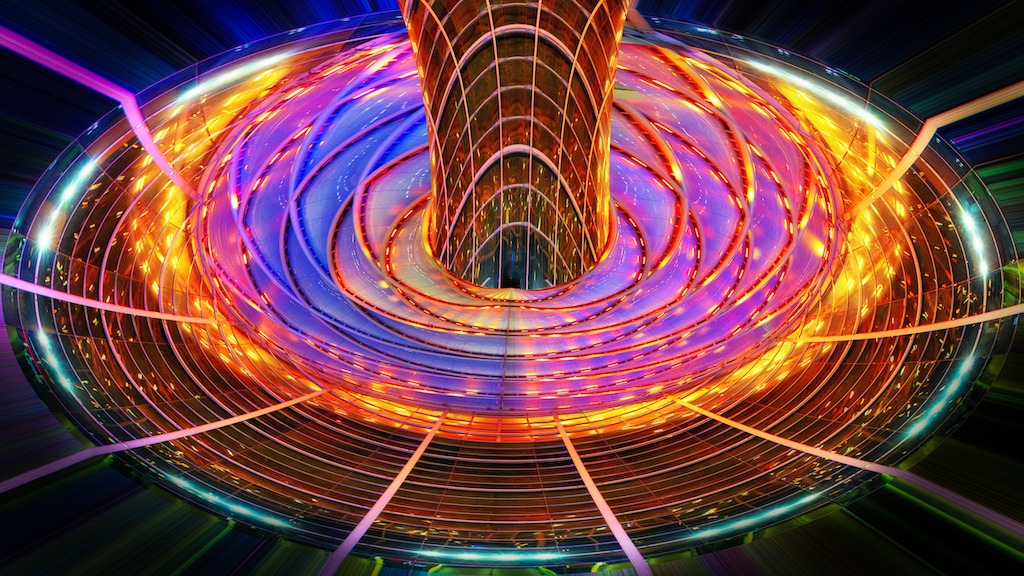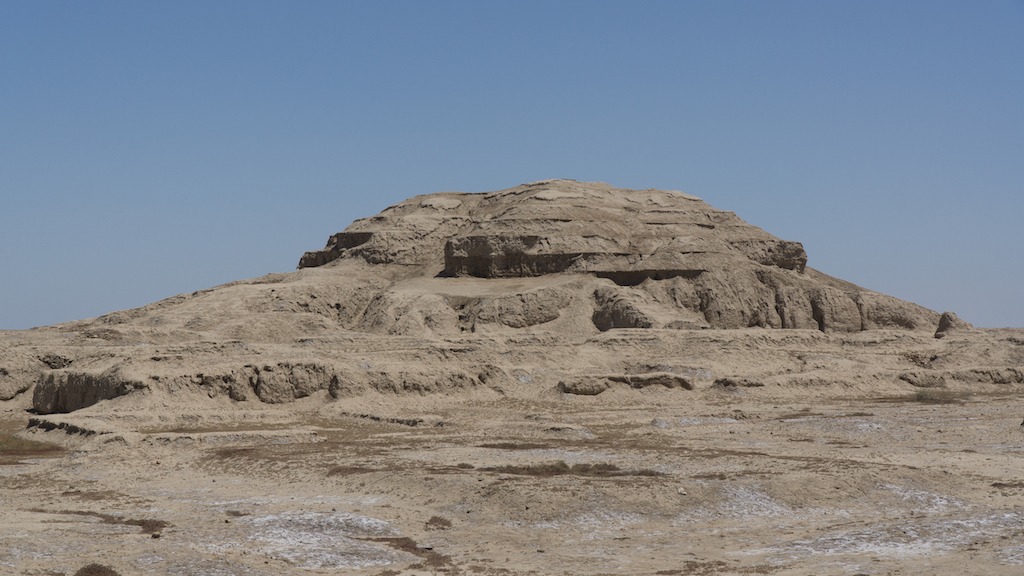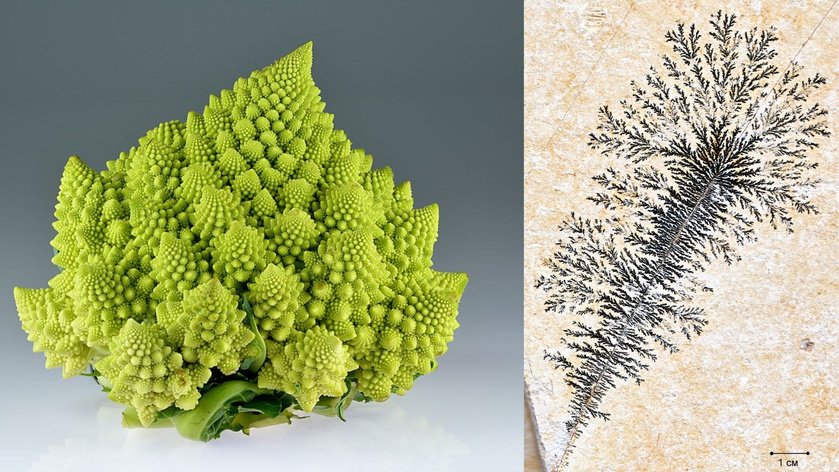Count Dracula squid? Well there was on and the following covers what we have learned about this unique squid from the past. The following is from interestingengineering.com and written by Grant Currin:
"The modern vampire squid is a cryptic creature. It lives a slow life deep in the ocean — far from shore — where it makes a living by scavenging on whatever dead things happen to sink past it on their journey to the ocean floor.
Was life always this way? That's a hard question to answer for animals like squid, octopuses, and cuttlefish because those creatures (a group of evolutionary cousins called "coleoids" ) are defined by what they don't have: a hard shell. That means they don't have body parts that lend themselves to becoming a fossil. Conditions have to be just right for a coleoid's soft body to make it into the fossil record.
That's why a new paper, published Thursday in the peer-reviewed journal Scientific Reports, is a big deal. Paleontologist Alison Rowe and her team used 3D imaging to analyze rare fossilized remains of an extinct relative of the vampire squid. Their findings suggest that Vampyronassa rhodanica may have been a bit more, well, vigorous. Their results point to a fearsome eight-armed hunter that likely captured prey with a pair of powerful suction cups.
Interesting Engineering sat down with Rowe to discuss the study, what they learned about Vampyronassa rhodanica, and what that new information reveals about the ancient oceans.
This interview has been edited for length and clarity.
Interesting Engineering: How did you and your co-authors carry out this study?
Alison Rowe: In this study, we utilized powerful X-ray imaging techniques to scan fossil and modern specimens. This allowed us to observe previously unseen internal structures of the fossils, as well as view the external soft tissue anatomy with much better resolution.
From the comparative analysis between the fossil and extant form, we can show for the first time that there was a combination of anatomical characters in V. rhodanica that aren’t seen today. This research provides a small window on the diversity of character combinations that occurred in the Jurassic that are now lost.
IE: In the paper, you compare V. rhodanica to the modern-day vampire squid. For context, can you give us a crash course on the vampire squid and its relatives?
Rowe: The vampire squid is actually not a squid. It is closer to octopuses than to squids. Like the octopus, it has 8 arms, but also two filaments that are developmentally homologous to arms, which makes it somewhat comparable to squid or cuttlefish (Decabrachia) that have 10 arms. It has cirri on the arms like the incirrates [a suborder of the order Octopoda]. It has its own characteristics such as its type of sucker attachment, and its gladius, which is a kind of internal organic shell.
It is uniquely adapted to living in the deep sea, often in areas of low oxygen, and is an opportunistic detritivore, feeding on organic material falling through the water column.
IE: What samples did you use for this study?
Rowe: We reanalyzed 3 fossil specimens of Vampyronassa rhodanica and 2 extant samples of V. infernalis [the modern-day vampire squid] from the collections at the American Museum of Natural History and the Yale Peabody Museum. We also compared these specimens with other fossils from the literature.
The V. rhodanica fossils were collected from a Lagerstätte in the Ardèche region of France called La Voulte-sur-Rhône. Most lagerstätte preserve fossils as impressions, but at La Voulte-sur-Rhône, specimens are often preserved in 3D.
IE: In the paper, you describe a reanalysis of the fossils using modern techniques. When was the original analysis and what did those investigators find?
Rowe: The initial description of V. rhodanica was by Fischer & Riou in their 2002 paper. At the time of publication, the authors had to rely on observations of the external form for their anatomical descriptions. They were able to describe many external features, and based on this they positioned this species as the oldest likely relative of the modern-day vampire squid (V. infernalis).
IE: What new tools did you use to analyze these fossils two decades later?
Rowe: We chose to reanalyze some of the Vampyronassa rhodanica specimens described in the 2002 paper using powerful X-ray-based imaging techniques at both the Muséum national d'Histoire naturelle in Paris and the European Synchrotron Radiation Facility Synchrotron (ESRF, ID 19 beamline, Grenoble, France). We used these same X-ray techniques at the American Museum of Natural History on the two modern vampire squid.
Using these data, we were able to identify the boundaries of anatomical structures and reconstruct them in 3D.
IE: What did that analysis reveal?
Rowe: The results were exciting. For example, the kind of resolution we were able to get on the suckers of V. rhodanica was completely unknown before the acquisition of this data. We were able to determine that the sucker attachment of V. rhodanica is the same type seen only in modern V. infernalis, though the overall shape is of the sucker itself and reflects those of octopuses.
IE: What do those findings suggest about V. rhodanica's life and behavior?
Rowe: Though we obviously can’t observe how V. rhodanica used their suckers. By comparing preserved anatomical features with that of coleoids today – suckers and cirri for example – and knowing how they function now, we can infer how the same features may have been used by the Jurassic V. rhodanica. Based on functional comparisons with modern coleoids, the combination of characteristics observed in the arm crown of V. rhodanica, as well as their streamlined, muscular mantle, suggest they were adapted to a pelagic, predatory lifestyle.
IE: Were you surprised? Were your findings consistent with the original analysis?
Rowe: The soft tissues of modern coleoids hold a lot of information about their lifestyle, though this is rarely preserved in fossils. Based on previous work we had a sense of the external characters that had been preserved, though the resolution with which we could see the detail of these tissues in the scans was fantastic.
IE: How do your findings change what experts know about V. rhodanica? Do they offer clues about its broader environment or ecology?
Rowe: The lifestyle of V. rhodanica is in contrast with that of the modern vampire squid. It is unclear when the adaptation to the deep-sea lifestyle occurred in the lineage, though recent work has described a fossil species of this family inhabiting this environment in the Oligocene, around 33.9 to 23 million years ago. The initial shift from shallower to deeper waters was possibly driven by competition in onshore environments. The mosaic of characters found in the coleoid taxa at La Voulte-sur-Rhône (V. rhodanica and other species), suggests that Mesozoic coleoids co-occurred in different ecological niches during the mid-Jurassic."
Interesting for sure. I do wonder if they wear capes like the human vampires? ;) In any event this ancient squid was a predator not the scavenger of today in the deep seas.
Reference: https://interestingengineering.com/x-ray-ancient-vampire-squid-hunt
I have lost a lot of faith with the Medical Community and the Governments over the last several years, but there are a few good things that can raise above the corruption and the pushing of drugs a new approach to heal people. The following is from www.gaia.com and written by Hunter Parsons that does not involve any drug or pushing an ineffective so called vaccine that the drug company is not held accountable in any way but they use sound! The use of sound can regrow bone tissue! Here is the story:
"The future of regenerative medicine could be found within sound healing by regrowing bone cells with sound waves.
The use of sound as a healing modality has an ancient tradition all over the world. The ancient Greeks used sound to cure mental disorders; Australian Aborigines reportedly use the didgeridoo to heal; and Tibetan or Himalayan singing bowls were, and still are, used for spiritual healing ceremonies.
Recently, a study showed an hour-long sound bowl meditation reduced anger, fatigue, anxiety, and ...
Not a fan of a Defense Agency studying Anti-Gravity and other Exotic Tech, but if the commercial world and make this technology cheap that will change our world yet again. The following is about three minute read and from www.gaia.com. The below was written by Hunter Parsons:
"Wormholes, invisibility cloaks, and anti-gravity — it’s not science fiction, it’s just some of the exotic things the U.S. government has been researching.
A massive document dump by the Defense Intelligence Agency shows some of the wild research projects the United States government was, at least, funding through the Advanced Aerospace Threat Identification Program known as AATIP.
And another lesser-known entity called the Advanced Aerospace Weapons System Application Program or AAWSAP
The Defense Intelligence Agency has recently released a large number of documents to different news outlets and individuals who have filed Freedom of Information Act requests.
Of particular interest are some 1,600 pages released to Vice News, which ...
As our technology gets better we are discovering more about the history of mankind and pushing the timeline back further and further. The following article is from www.gaia.com and written by Michael Chary that discusses this new find that changes the historical timeline:
"Over the past decade, there have been a number of archeological revelations pushing back the timeline of human evolution and our ancient ancestors’ various diasporas. Initially, these discoveries elicit some resistance as archeologists bemoan the daunting prospect of rewriting the history books, though once enough evidence is presented to established institutions, a new chronology becomes accepted.
But this really only pertains to the era of human development that predates civilization — the epochs of our past in which we were merely hunter-gatherers and nomads roaming the savannahs. Try challenging the consensus timeline of human civilization and it’s likely you’ll be met with derision and rigidity.
Conversely, someone of an alternative...
Not sure if you have heard of a show on YouTube called "The Why Files". If not you should check it out it is interesting and has some humor with it on different subjects. Last weeks was on a different theory how the Universe works and how main stream Science is attempting to shut it down like is always seems to do if it goes aguest some special interest. Today it is akin to what happened to those who questioned the Earth was the Center of the Universe that main stream so called Science all believed during the Renaissance period, They called any theory that the Earth was not the Center of the Universe misinformation. Does this sound familiar today? People laughed and mocked people like Leonardo da Vinci, Nicolaus Copernicus, Georg Purbach as crack-pots, conspiracy theorists, nut-jobs and they were suppressed and even imprisoned for their radical thoughts and observations. Again it sounds like today in so many ways. In any event this is a good one to ponder and see even if a bad idea ...
Seemingly chaotic systems like the weather and the financial markets are governed by the laws of chaos theory.
We all have heard about chaos theory, but if you have not or have forgotten what chaos theory is well here you go from interestingengineering.com:
"Chaos theory deals with dynamic systems, which are highly sensitive to initial conditions, making it almost impossible to track the resulting unpredictable behavior. Chaos theory seeks to find patterns in systems that appear random, such as weather, fluid turbulence, and the stock market.
Since the smallest of changes can lead to vastly different outcomes, the long-term behavior of chaotic systems is difficult to predict despite their inherently deterministic nature.
As Edward Lorenz, who first proposed what became commonly known as the Butterfly Effect, eloquently said, "Chaos: When the present determines the future, but the approximate present does not approximately determine the future.""
You may have heard the term about chaos theory as a butterfly flaps its wings in Brazil,...
I for one have lost trust in Medical Doctors due to COVID and reflection that they seem to push pills for everything and untested so called vaccines that is using a unproven technology because the Government and the Medical Boards of the State told them to. There are a very few exceptions. Thus they do not address the key problem just prescribe more and more pills to keep you alive an sick longer for them and Big Phama to profit from you. Will AI do any better? Well that depends on what was used for the training of AI. If it also pushes pills and vaccines without question then you have the same problems noted above. However, if the AI Training includes all possible forms of treatment and they zero in on the right issues for the true problem then there is possibilities they would be way better than most of the current Medical Doctors today.
The following is from an article from interestingengineering.com and written by Paul Ratner:
"A new study looks at how accurately AI can diagnose patients. We interview the researcher, who weighs in on AI's role ...






















